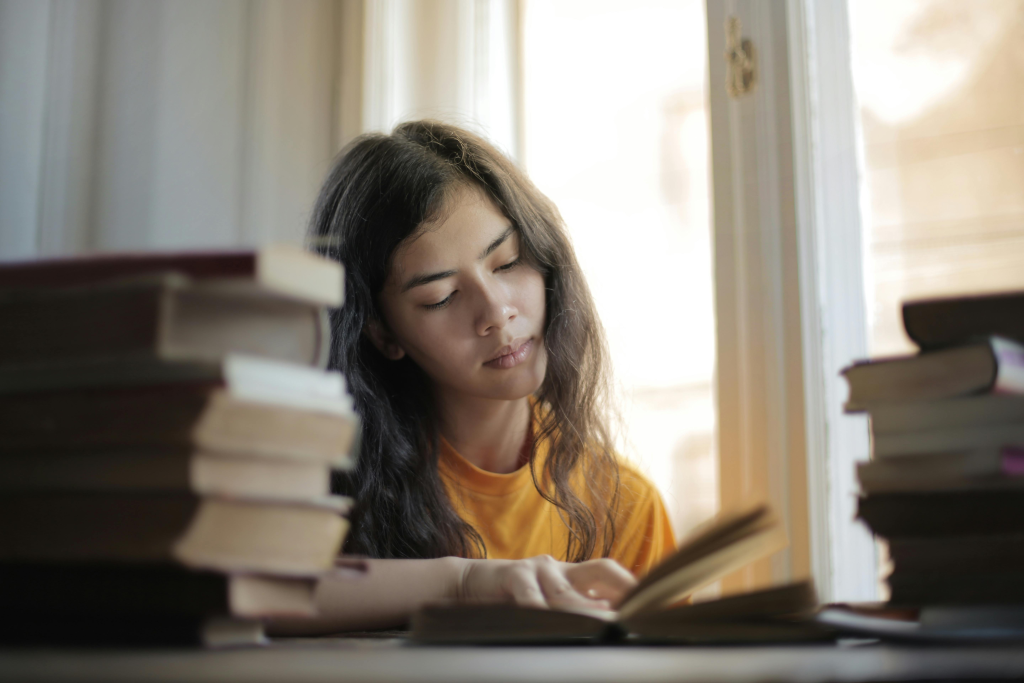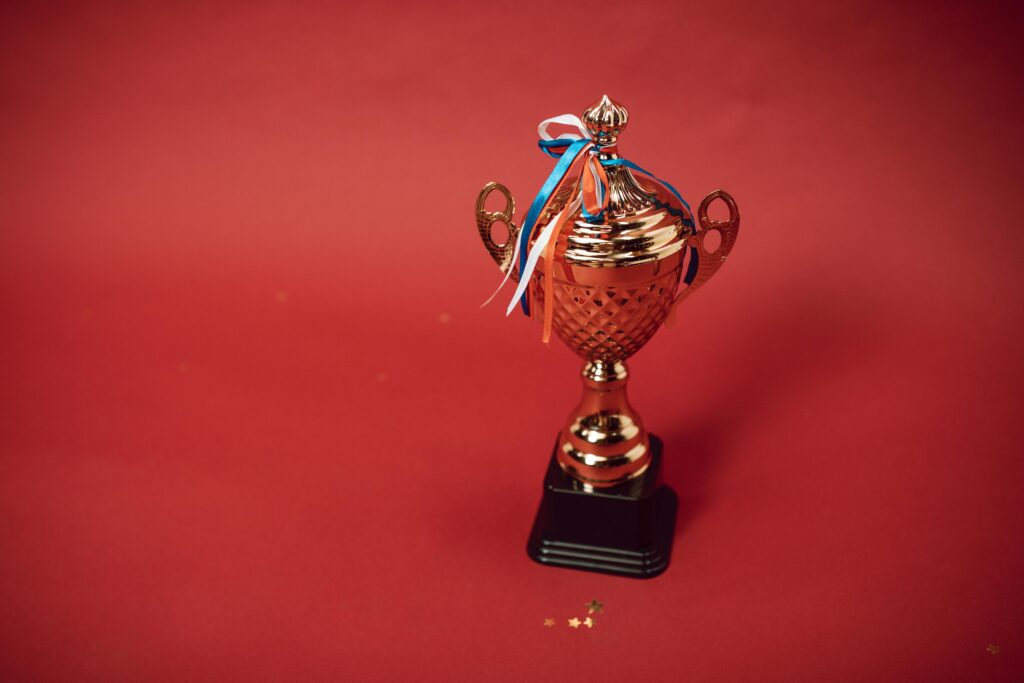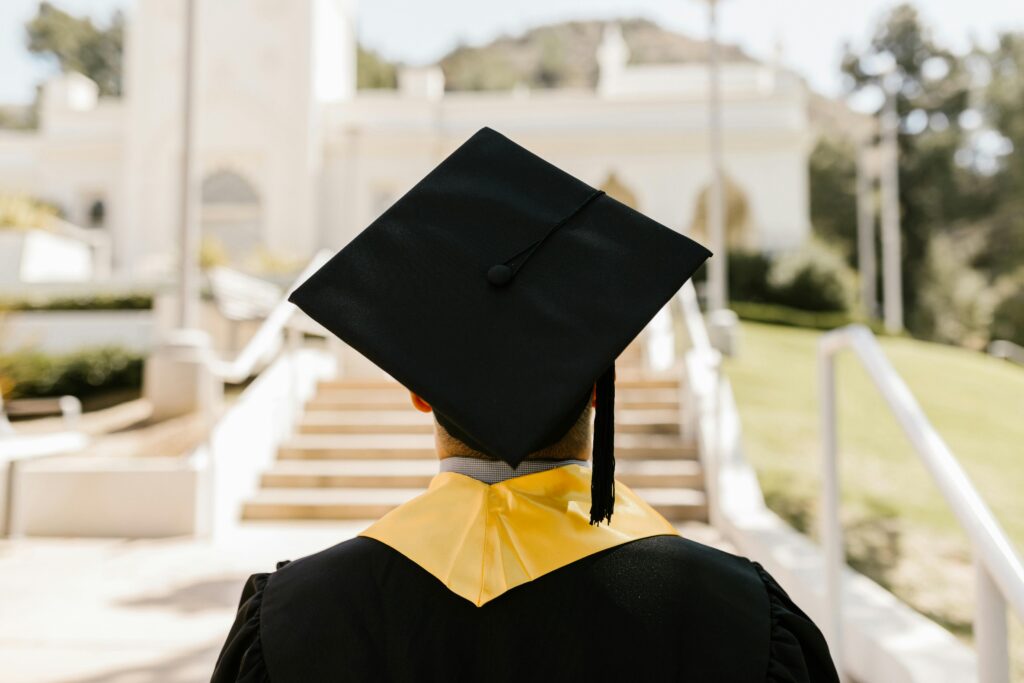Description: An example of a science lesson on the circulatory system.
The function of the circulatory system is to transport materials around the body. There are many materials that need transporting, these include oxygen, carbon dioxide, nutrients, hormones, and waste chemicals.
The circulatory system is made up of the heart, blood vessels and blood. There are 2 different circulatory systems – single and double.

Single Circulatory System
Fish possess single circulatory systems.
The heart pumps deoxygenated blood to the gills where it gets oxygenated.
Oxygenated blood is then supplied to the entire fish body.
Then deoxygenated blood returns to the heart.
Double Circulatory System
Humans have a double circulatory system as blood passes through the heart twice in each cycle.
The heart pumps deoxygenated blood to the lungs to take in oxygen. The blood then returns to the heart.
The heart then pumps oxygenated blood around all the other organs of the body.
The blood gives up its oxygen at the body cells and the deoxygenated blood returns to the heart to be pumped out to the lungs again.

The Heart
- The heart is a pumping organ that keeps the blood flowing around the body. The walls of the heart are mostly made up of muscle tissue.
- The heart has valves to ensure that blood flows in the correct direction, in other words the valves prevent blood flowing backwards.
The diagram below shows how the blood flows in and out of the four chambers (right atrium, right ventricle, left atrium, and left ventricle):

- Deoxygenated blood enters the heart through two large veins, the inferior and superior vena cava, into the right atrium.
- Blood flows from the right atrium into the right ventricle through the tricuspid valve. When the ventricles are full, the valve shuts. This prevents blood from flowing backwards into the atrium.
- Then, blood travels through the semi lunar valves, and out through the pulmonary artery and heads towards the lungs.
- At the lungs, oxygen travels from the tiny air sacs and through the capillary walls into the blood.
- The oxygenated blood returns from the lungs and travels through the pulmonary vein into the left atrium.
- Then, blood flows from the left atrium into the left ventricle through the mitral valve. When the ventricles are full, the mitral valve shuts. This prevents blood from flowing backward into the atrium.
- Blood travels through the semi lunar valves, and out through the aorta and to the body.
- This pattern is repeated, causing blood to flow continuously to the heart, lungs, and body.
Pacemaker
- An individuals resting heart rate is controlled by a group of cells in the right atrium wall that act as a pacemaker.
- These cells produced a small electric impulse which spreads to the surrounding muscle cells, causing them to contract.
- An artificial pacemaker is often used to control heartbeat if the natural pacemaker cells do not work properly (e.g. if the patient has an irregular heartbeat). It is a small device that is implanted under the skin and has a wire going to the heart. It produced an electric current to keep the heart beating regularly.
Interested in working with with a 1 to 1 online tutor? Contact us today.




